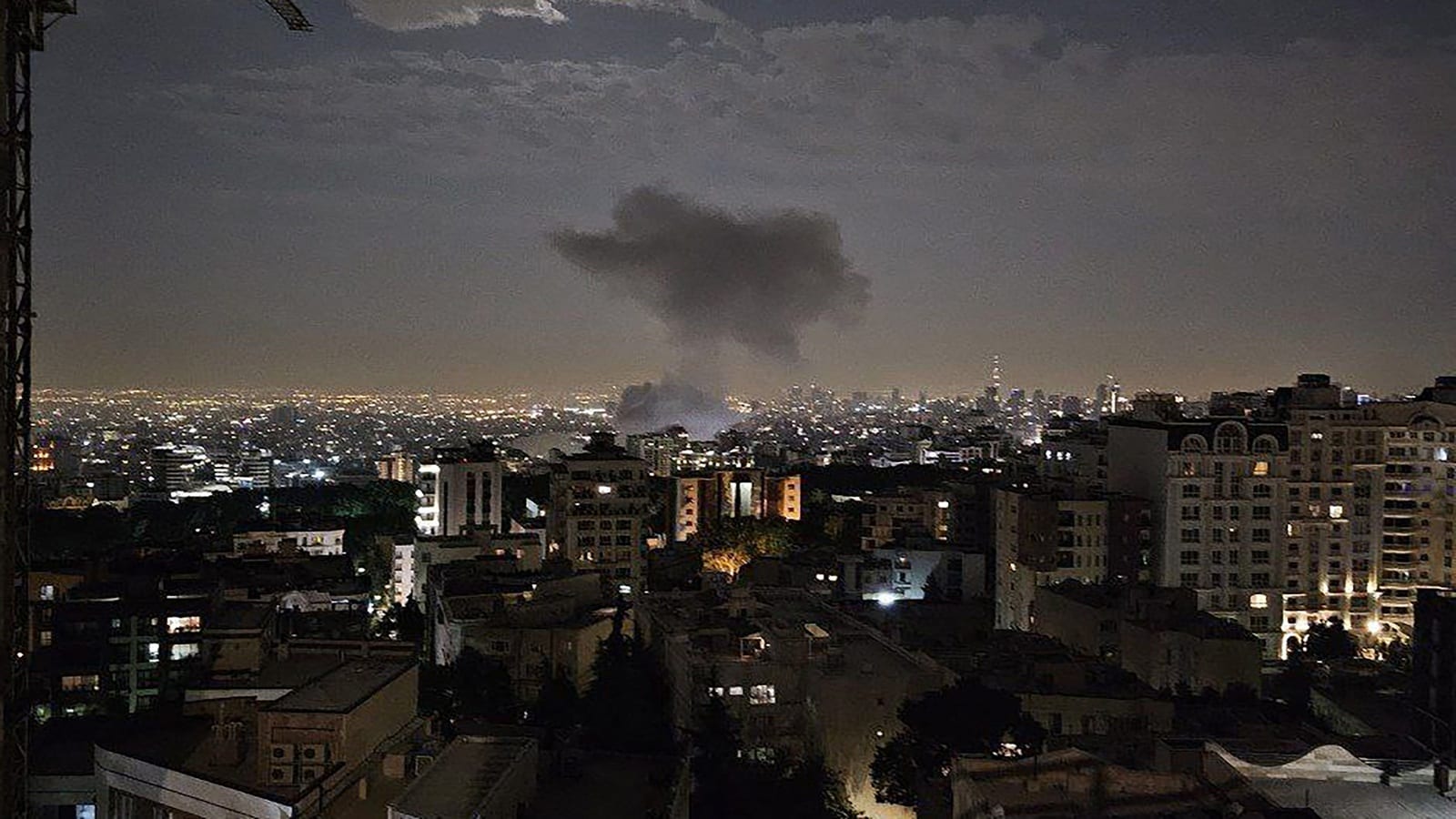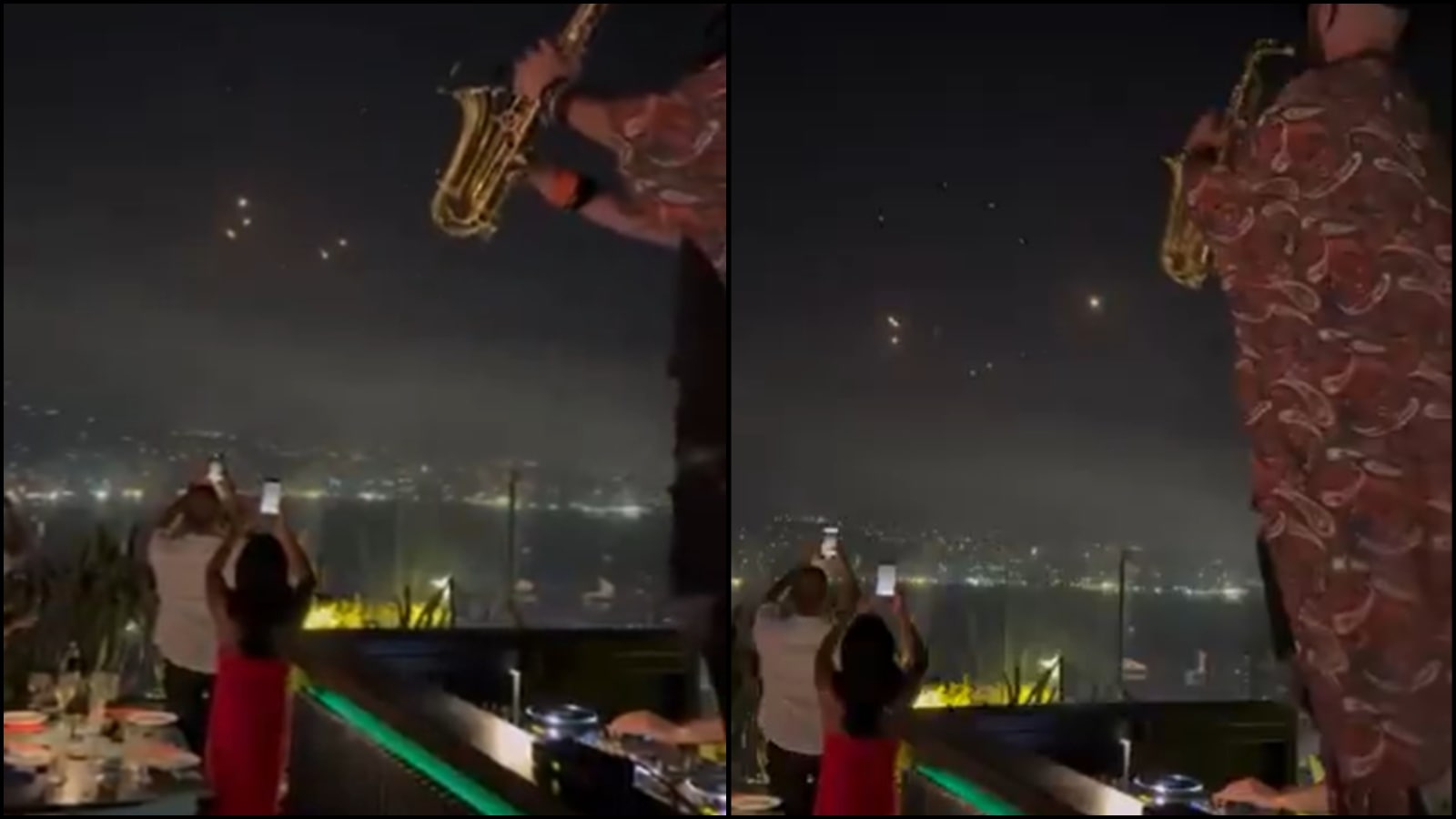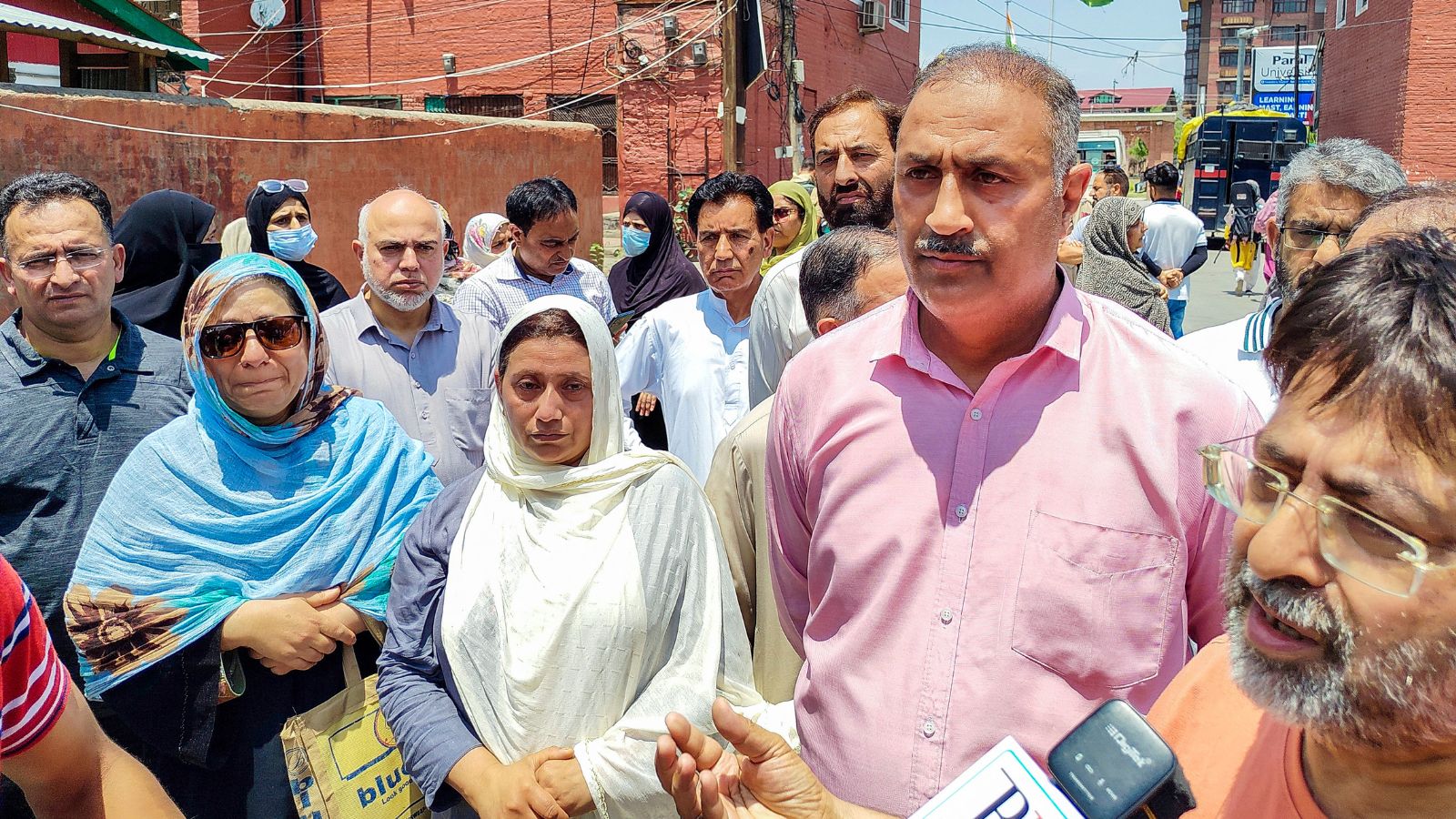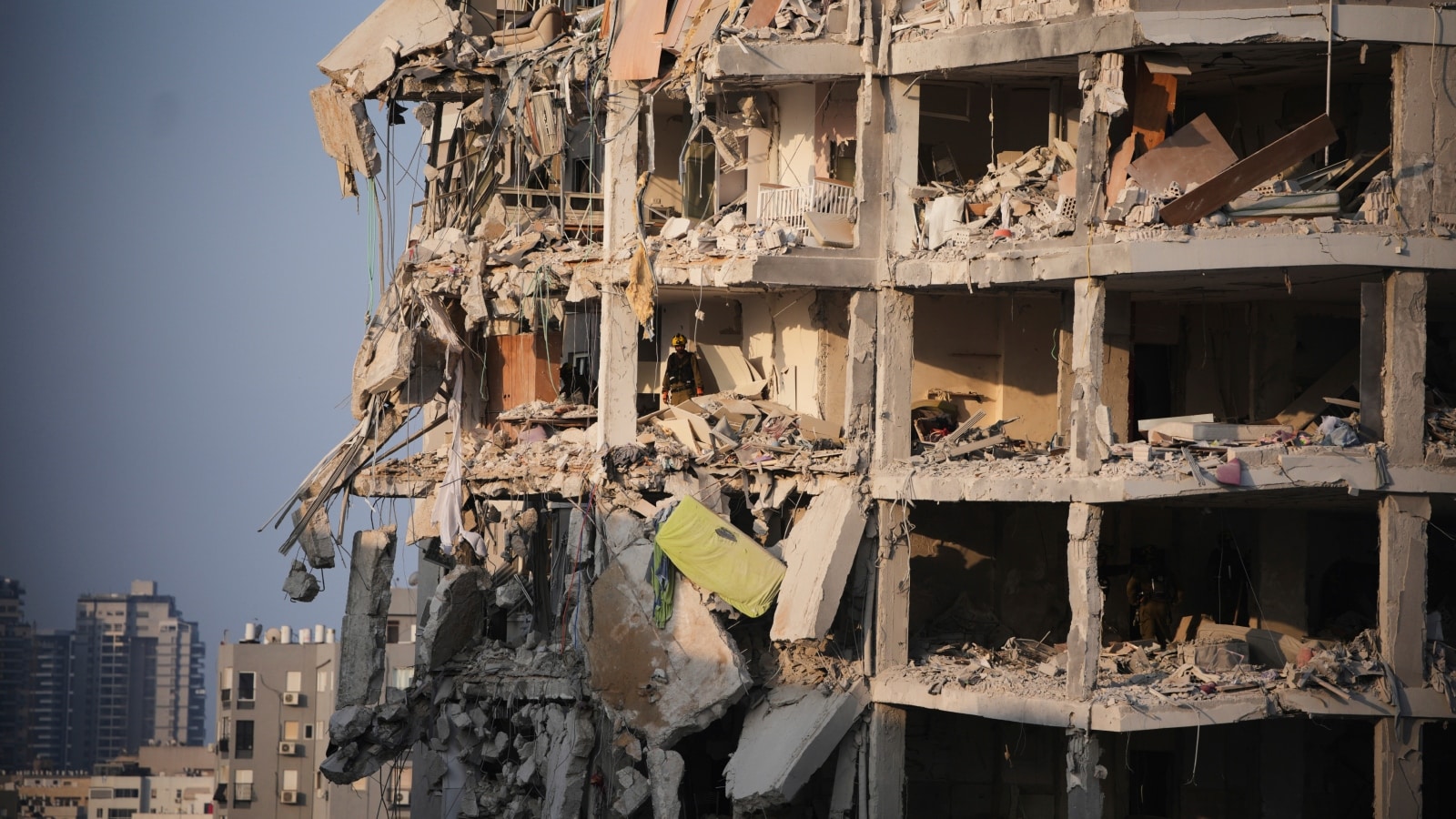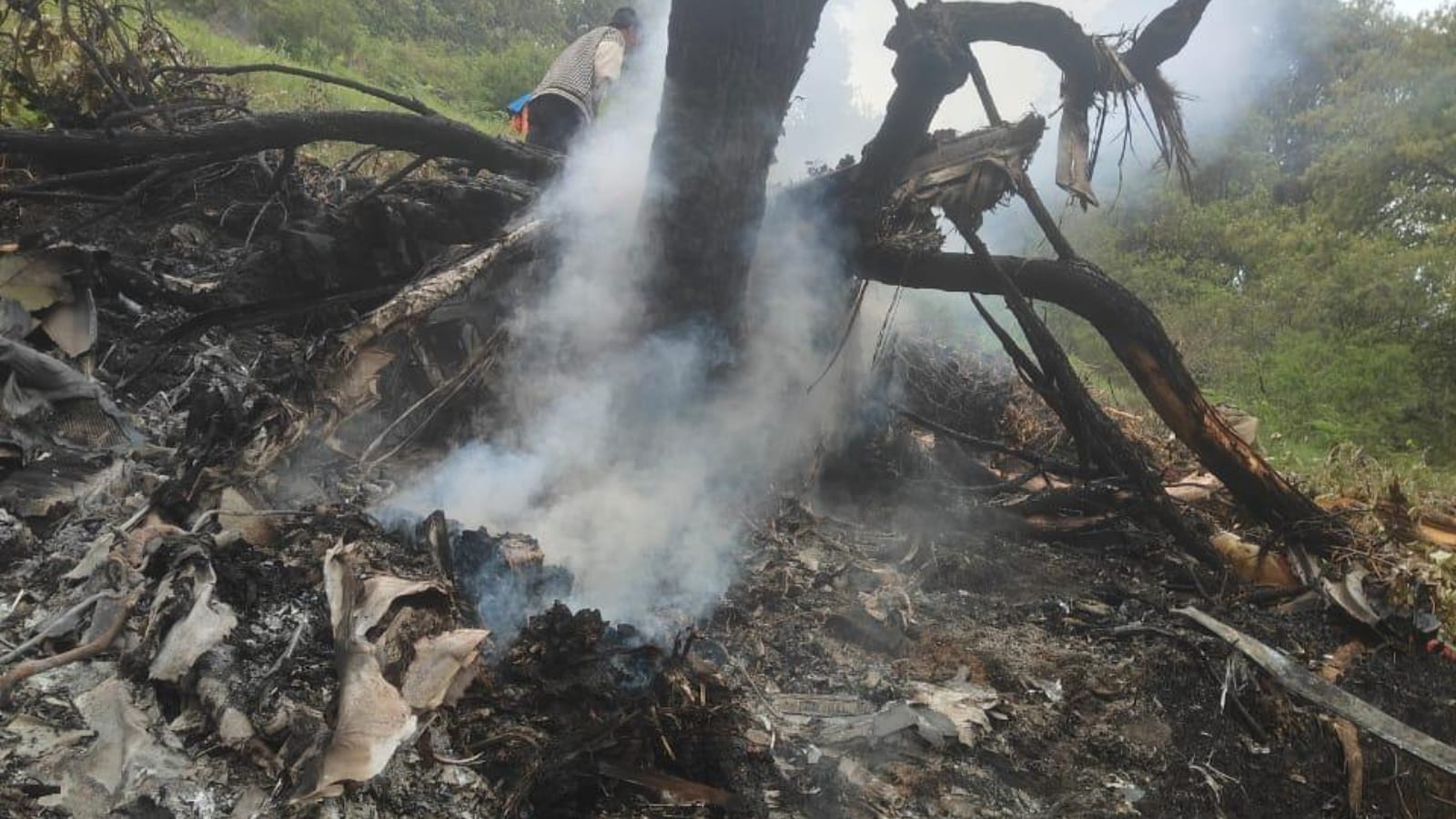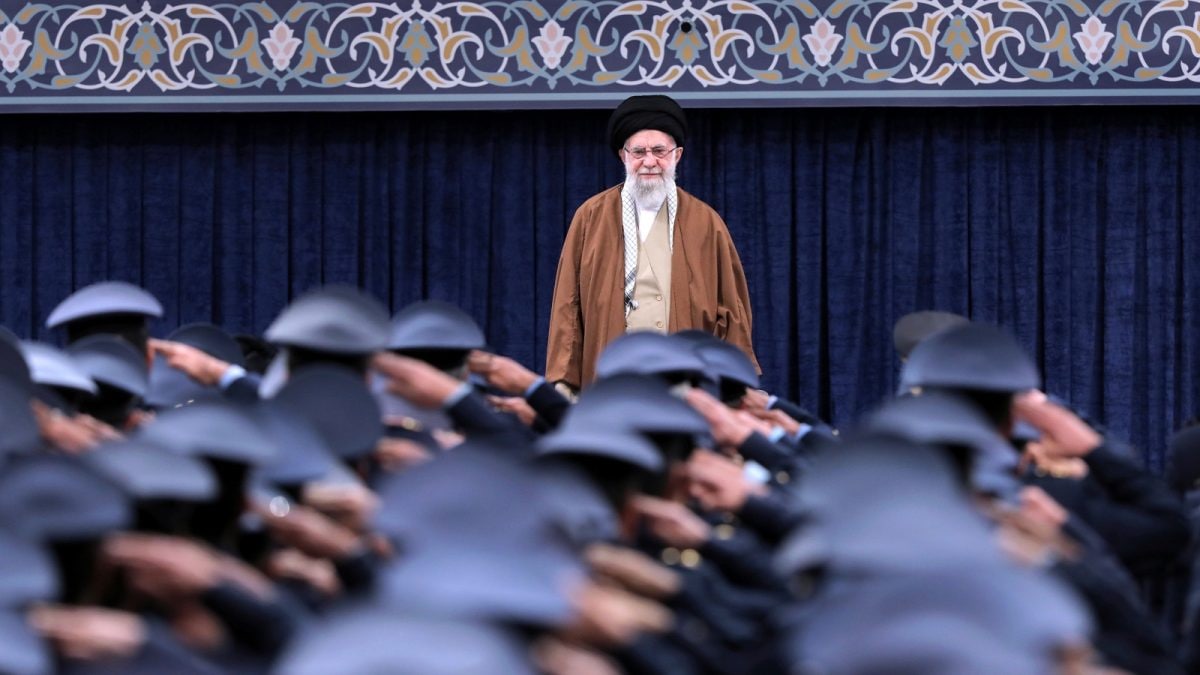Last Updated:June 15, 2025, 11:12 IST
Israel launched massive air strikes on Iran's nuclear facilities on Friday and also eliminated top military officials and nuclear scientists.

Israel-Iran war: Iran miscalculated Israeli strikes (AP Image)
Israel-Iran conflict: Iran did not expect Israel to launch strikes on Tehran’s nuclear facilities before the sixth round of US-Iran talks, which was earlier scheduled for Sunday in Oman, The New York Times reported, citing officials close to the country’s leadership.
The NYT report revealed private text messages between senior Iranian officials, in which they asked one another, “Where is our air defense?" and “How can Israel come and attack anything it wants, kill our top commanders, and we are incapable of stopping it?"
Though Iran was well aware of the preparations being carried out by Israel for a possible attack on Tehran’s nuclear facilities, it did not expect Jerusalem to strike while the negotiations with the US regarding the nuclear programme were still underway. This allowed for the exceptional success of the Israeli operation launched on early Friday morning, the report said.
🚨Millions of Israelis are currently running for shelter as sirens sound in the following cities and communities around Israel:Jerusalem, Ashdod, Kfar Ruppin, Maoz Haim, Neve Eitan, Ganey Hugg’, Beit She’an, Hamadia, Ein HaNatziv, Kfar Ruppin, Maoz Haim, Neve Eitan, Sdeh…
— Israel Defense Forces (@IDF) June 14, 2025
The Iran-US talks hang in limbo as Tehran has indicated that it is likely to cancel the negotiations amid full-blown military action against Israel.
The Iranians assumed that the reports of an imminent Israeli military action against their nuclear sites were “propaganda" that was aimed at pressuring them into giving in at the negotiation table regarding their nuclear programme, the NYT report said.
The officials told the newspaper that the complacency of the leadership may have stopped them from taking any preemptive precautions against an Israeli attack. The instance of this was that the senior Iranian military commanders stayed in their private residences on the night when Israeli forces conducted the strikes, instead of taking shelter in the safe shelters. This allowed Israel to take down senior Iranian officials, including Revolutionary Guards chief Hossein Salami and Armed Forces chief Mohammad Hossein Bagheri.
Several scientists involved in Iran’s nuclear programme were also killed in the strikes.
In another instance of oversight by Iran, Brig. Gen. Amir Ali Hajizadeh, the commander of the Iranian Revolutionary Guards Corps Aerospace Forces, convened an emergency war meeting of senior officials, prompting Israel to eliminate all of them at once in a single bombing.
The top officials were also questioned about what failures in the intelligence and defence systems led Iran not to foresee the Israeli offensive.
“Israel’s attack completely caught the leadership by surprise, especially the killing of the top military figures and nuclear scientists," said Hamid Hosseini, a member of Iran’s Chamber of Commerce’s energy committee, in a phone call with the NYT from Iran.
“It also exposed our lack of proper air defense and their ability to bombard our critical sites and military bases with no resistance," he added.

Ashesh Mallick is a Sub-Editor with over three years of experience in news writing, video production. He primarily covers national news, politics and global affairs. You can follow him on Twitter: @MallickAshes...Read More
Ashesh Mallick is a Sub-Editor with over three years of experience in news writing, video production. He primarily covers national news, politics and global affairs. You can follow him on Twitter: @MallickAshes...
Read More
Israel
First Published:News world 'Where's Our Air Defence?': How Iran's Miscalculation Let Israel Assert Military Dominance

 11 hours ago
11 hours ago

